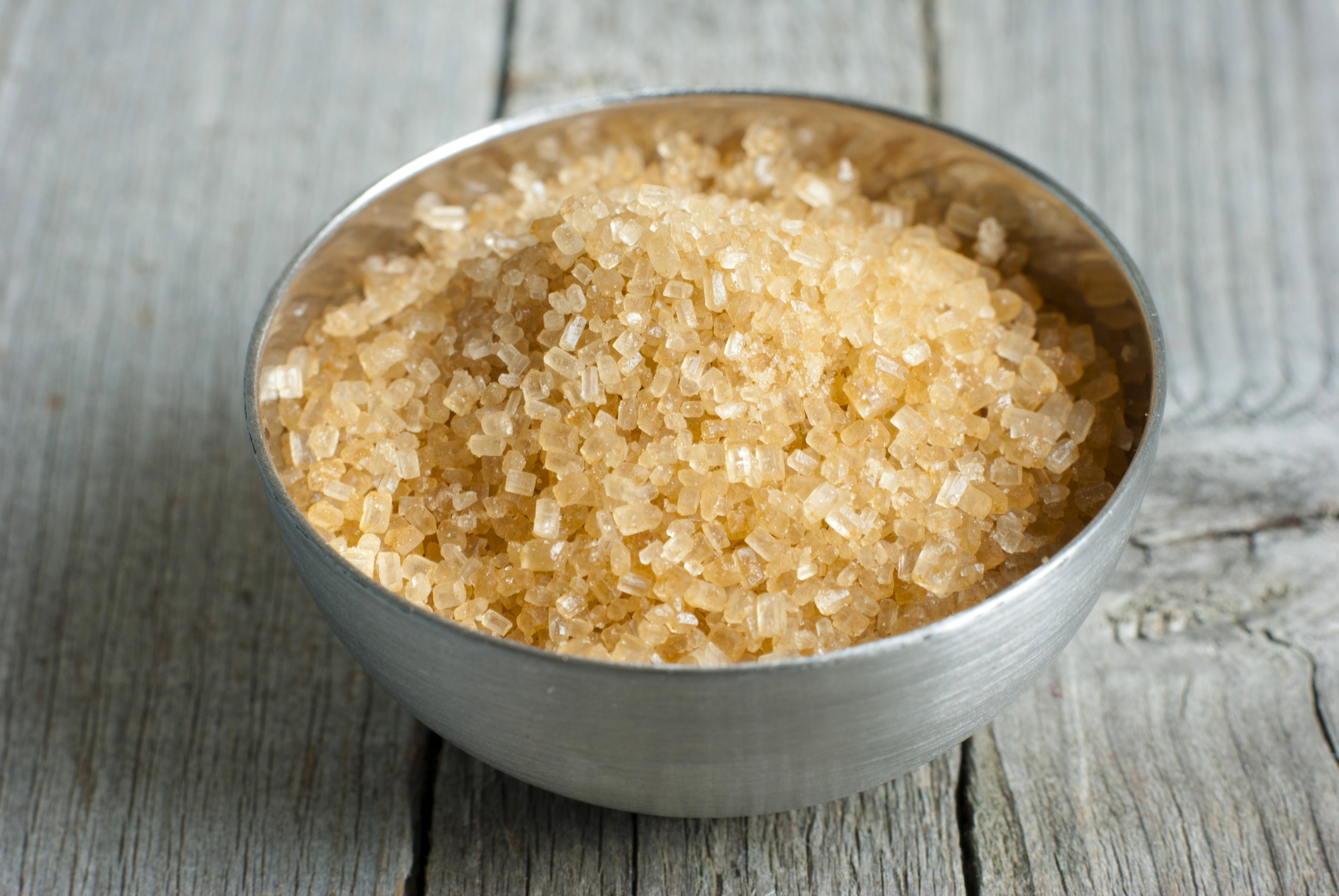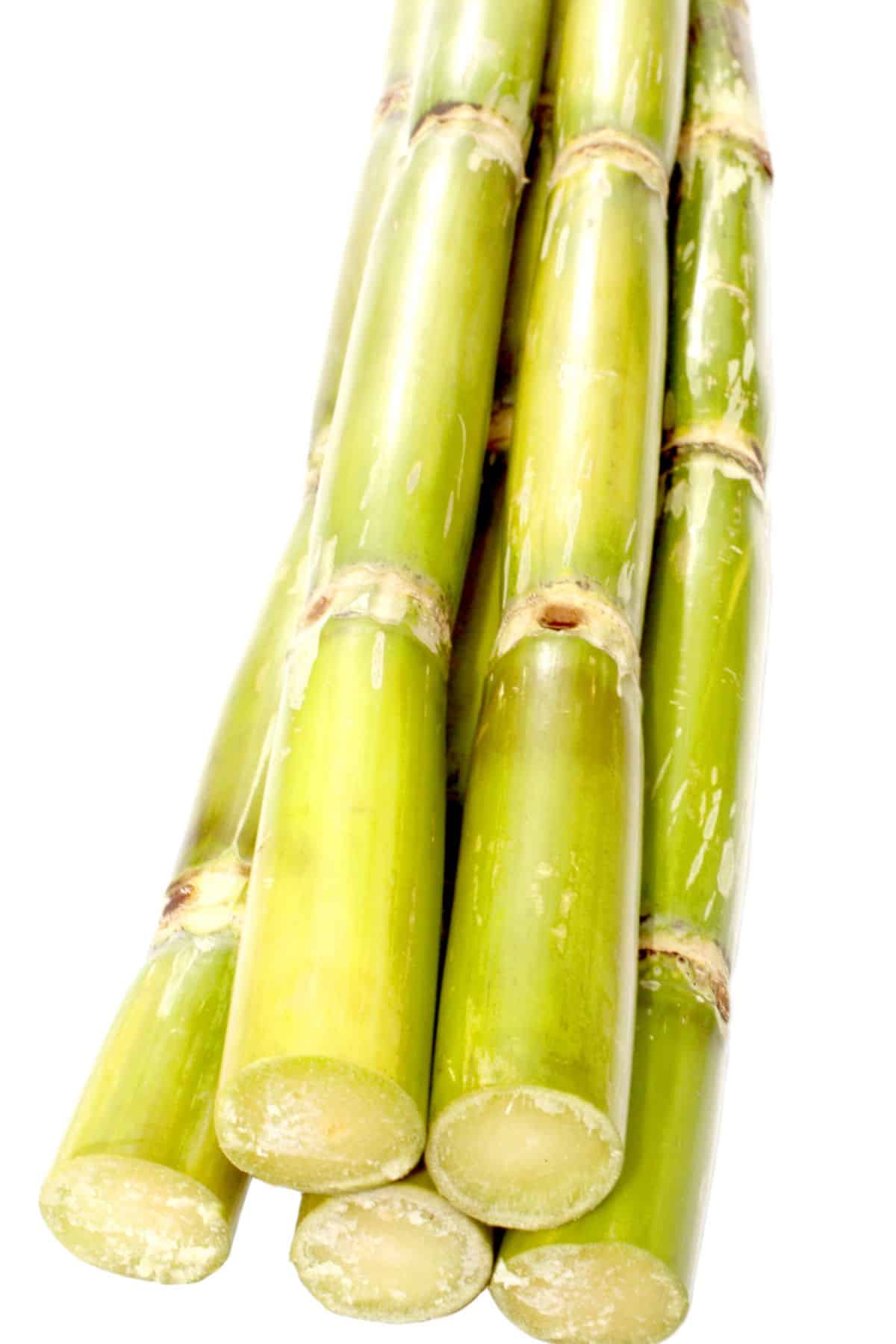Advanced Cane Sugar Processing: Enhancing Efficiency and Sustainability
Advanced Cane Sugar Processing: Enhancing Efficiency and Sustainability
Blog Article
An In-Depth Guide to the Ecological Impact and Sustainability Practices in Walking Cane Sugar Handling
The ecological impact of walking stick sugar handling presents a complex array of difficulties that warrant careful evaluation. From dirt deterioration and excessive water usage to the carbon impact connected with growing and manufacturing, the consequences of conventional methods are far-reaching. What certain techniques can be implemented to strike an equilibrium between performance and ecological stewardship?
Overview of Cane Sugar Processing
Walking cane sugar processing involves a collection of organized steps that transform sugarcane into polished sugar. Initially, harvested sugarcane is carried to refining facilities, where it undertakes cleansing to get rid of dirt and particles. Following this, the walking stick is squashed to draw out juice, which is after that cleared up by removing pollutants via home heating and the addition of lime.
The cleared up juice undertakes dissipation, where water is gotten rid of to focus the sugar web content. These crystals are divided from the staying syrup making use of centrifugation, resulting in raw sugar.
The end product is then dried and packaged for distribution. Throughout this entire process, keeping performance and quality control is crucial to guarantee the sugar meets market standards. Each action in cane sugar handling not just contributes to the last item but likewise has ramifications for source usage and waste generation, establishing the phase for discussions on sustainability and environmental impacts related to sugar production.
Environmental Difficulties of Manufacturing
The manufacturing of walking cane sugar presents a number of significant environmental obstacles that warrant attention. One main worry is the extensive use agrochemicals, including plant foods and pesticides, which can bring about dirt deterioration, biodiversity loss, and contamination of regional water resources. The runoff from sugarcane areas often carries these chemicals right into close-by communities, interrupting marine life and influencing the health and wellness of neighborhoods reliant on these water bodies.
Another challenge is the high power consumption connected with sugarcane processing. The boiling and refining stages need considerable warmth, largely produced by shedding nonrenewable fuel sources, adding to greenhouse gas discharges. Furthermore, the expansive acreage required for sugarcane growing can result in deforestation and habitat destruction, more exacerbating climate modification and threatening wildlife.
Moreover, the labor practices in some areas raise moral worries, as employees might deal with poor working problems and inadequate incomes. This circumstance often perpetuates a cycle of poverty in neighborhood communities. Cane Sugar Processing. Addressing these environmental challenges is important for developing extra sustainable practices in cane sugar production, inevitably benefiting both the atmosphere and the areas included in this sector
Water and Land Use Effect
Water sources and land usage are essential components in the walking stick sugar sector that significantly affect the setting. The farming of sugarcane requires considerable water input, with quotes recommending that it can eat up to 2,000 liters of water per kg of sugar generated. This extensive usage of water frequently brings about depletion of regional water sources, influencing not just the sugarcane plantations but also surrounding environments and areas that depend on the exact same water resources for farming and residential usage.

In addition, land use for sugarcane farming can result in deforestation and the conversion of natural habitats into monoculture haciendas. This technique diminishes biodiversity, interrupts neighborhood environments, and adds to soil deterioration. The expansion of sugarcane fields usually trespasses on beneficial farming land, creating competition for sources in between food and biofuel manufacturing.
Sustainable methods, such as maximizing irrigation techniques and carrying out plant rotation, are vital to minimize these impacts. By adopting a lot more effective water use and land administration strategies, the walking stick sugar market can lower its ecological footprint, guaranteeing an equilibrium in between agricultural efficiency and ecological conservation.
Greenhouse Gas Emissions
Greenhouse gas exhausts stand for a substantial ecological concern within the cane sugar processing industry, particularly as agricultural methods increase to fulfill international need. The farming of sugarcane, a plant that prospers in exotic environments, counts greatly on artificial plant foods and pesticides, which add to laughing gas exhausts. Furthermore, land-use modifications, including deforestation for new sugarcane ranches, release carbon dioxide saved in plant life and dirt.
During handling, power consumption is another significant source of greenhouse gas emissions - Cane Sugar Processing. Many sugar mills make use of nonrenewable fuel sources to power machinery and produce warm, resulting in substantial carbon footprints. Furthermore, the transport of raw sugarcane and completed products includes layers of discharges via gas combustion in lorries
This entails assessing present farming practices, processing techniques, and transport systems to identify areas for enhancement and reduction. Addressing greenhouse gas discharges is why not try these out necessary for fostering a more lasting cane sugar market in a transforming climate.

Sustainable Practices and Innovations
Lasting techniques and developments are increasingly essential in the walking stick sugar handling market as stakeholders look for to minimize environmental effects while maintaining efficiency. One significant improvement is the implementation of incorporated crop administration, which optimizes source usage by integrating dirt management, bug control, and crop rotation strategies. This method boosts yield while lessening chemical inputs and preserving soil wellness.
Furthermore, the fostering of renewable energy resources, such as biomass from sugarcane deposits, has gotten grip - Cane Sugar Processing. By converting waste products right into power, processing facilities can lower their reliance on fossil gas, thereby reducing greenhouse gas discharges
Water monitoring practices have likewise seen renovations through the recycling and reusing of water in processing plants, substantially lowering freshwater consumption. Technologies in technology, such as precision agriculture, allow farmers to check plant health and resource usage much more successfully, making certain lasting farming practices.
Furthermore, certification programs like Fair Trade and Jungle Partnership motivate eco liable farming techniques and advertise social equity within the supply original site chain. By welcoming these lasting techniques and technologies, the walking cane sugar handling market can boost its durability and add positively to environmental stewardship.
Conclusion
The environmental impact of cane sugar handling offers substantial difficulties, consisting of soil degradation, high water consumption, and greenhouse gas emissions, along with moral worries associated with labor methods. Dealing with these issues via lasting methods, such as integrated plant administration, renewable resource fostering, and water recycling, is necessary. By advertising socially equitable and environmentally liable techniques in sugar production, the sector can alleviate its unfavorable effects, making certain a much more sustainable future for both neighborhoods and communities associated with this market.
Cane sugar handling involves a collection of methodical actions that change sugarcane into polished sugar. Each action in walking stick sugar processing not just adds to the final item however also has ramifications for resource usage and waste generation, establishing the click this site stage for conversations on sustainability and environmental influences associated with sugar manufacturing.
Greenhouse gas emissions stand for a significant environmental problem within the walking stick sugar handling market, specifically as agricultural methods increase to meet international demand.Sustainable techniques and advancements are significantly important in the walking cane sugar handling industry as stakeholders look for to reduce environmental influences while maintaining productivity.The environmental effect of walking cane sugar processing provides considerable obstacles, including soil deterioration, high water intake, and greenhouse gas emissions, together with honest problems related to labor techniques.
Report this page